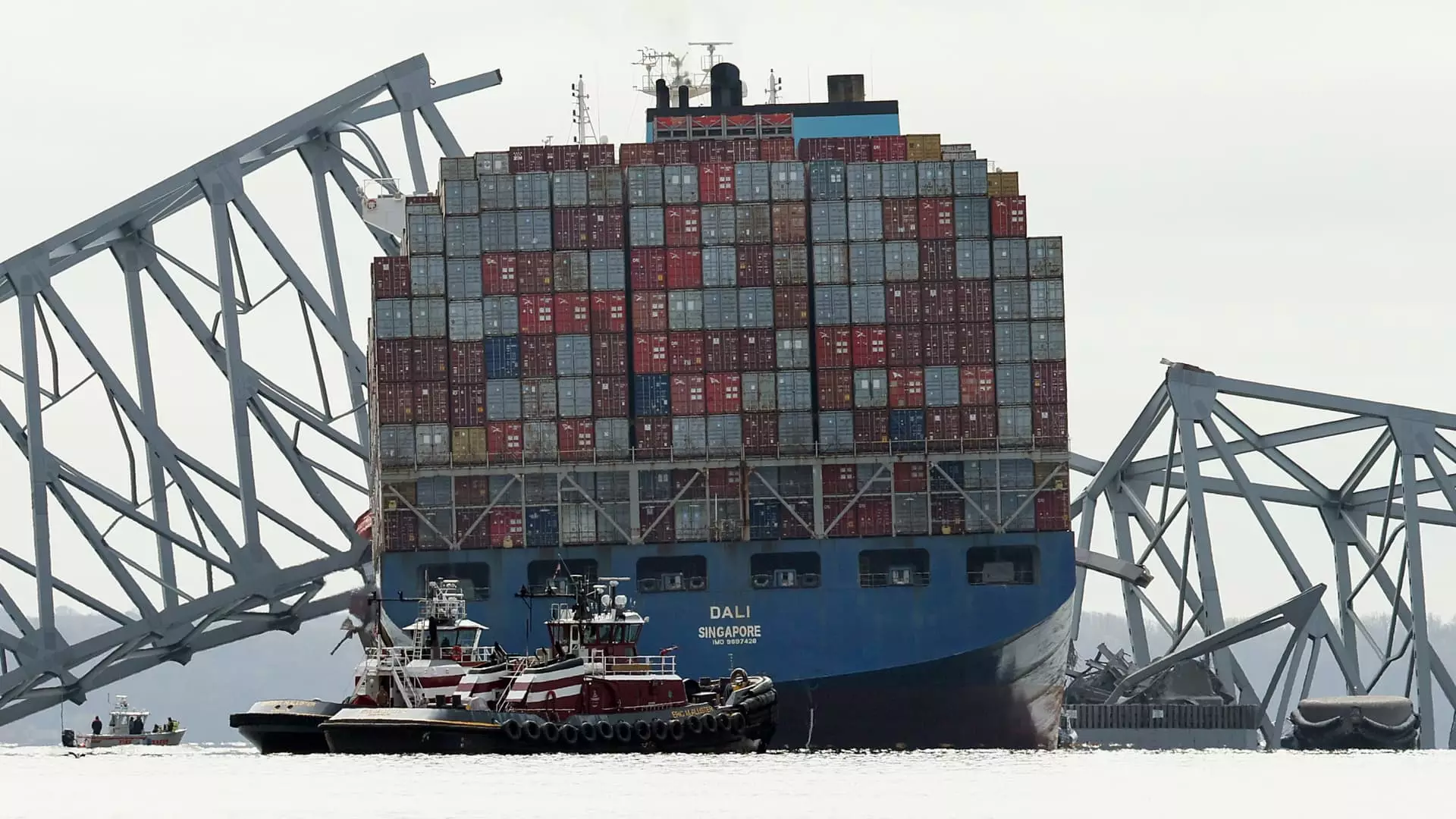Engineers in Maryland have embarked on the challenging task of lifting a piece of the Francis Scott Key Bridge out of the waterway in Baltimore. This marks the first step in the extensive process of reopening the city’s shipping port. Governor Wes Moore emphasized the significance of this moment, calling attention to the complexity of the operation.
The Key Bridge collapsed in the early hours of Tuesday morning after a container ship collided with one of its pillars, resulting in the disappearance of several individuals. The U.S. Coast Guard has sadly presumed six people to be dead as a result of the incident. Mayor Brandon Scott expressed his heartfelt concern for the human toll of the crisis during a press conference on Saturday.
Following the bridge collapse, the Port of Baltimore, which ranks as the 11th-largest port in the U.S., has been rendered non-operational until further notice. This interruption has compelled shipping companies to redirect their vessels to alternative ports. Initiatives at the federal, state, and local levels have been mobilized to expedite the restoration of port operations.
President Joe Biden has pledged federal support for financing the complete recovery and reconstruction of the bridge. Engineers commenced the lifting process by cutting a section of the bridge to facilitate transportation by crane. Efforts are underway to secure the lifted piece, transfer it onto a barge, and remove it from the waterway.
If successful, this method could be replicated for other portions of the bridge to create a passageway for potential transportation resumptions. The reopening of a channel could enable additional vessels to aid in the recovery efforts and potentially support commercial shipping. Economists predict that the shutdown of the Baltimore port may not have substantial macroeconomic repercussions but note the complications it poses for shipping supply chains. Governor Moore emphasized that the impact extends beyond Maryland, affecting the broader national economy.


Leave a Reply